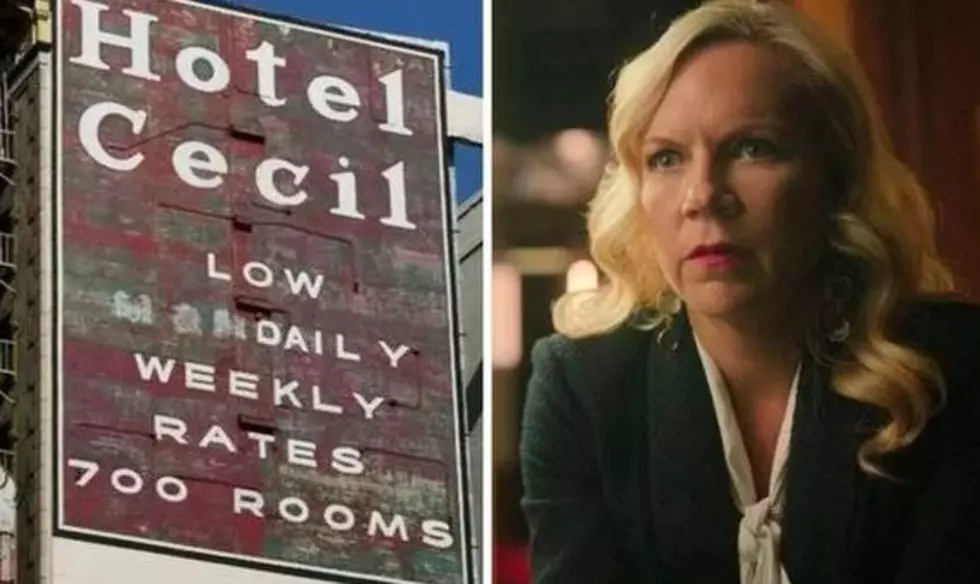
Cecil Hotel: The Long History Of Deaths And Suicides
The Cecil Hotel at 640 S. Main Street in Downtown Los Angeles opened its door on December 20, 1924. Owners William Banks Hanner, Charles L. Dix, and Robert H. Schops intended for the hotel to be a destination for middle-class tourists and international business travelers. The hotel was once grand and beautiful featuring Beaux-Arts deco, 14 floors, and 700 rooms.
Everything changed five years later when the United States suffered the longest and deepest economic freefall in history. The Great Depression began in 1929 and ended in 1941 during World War II. During this time unemployment soared, families fell apart and neighborhoods in Downtown L.A. died. The Cecil Hotel had to adapt to stay open and went from a middle-class retreat to a budget hotel and rooming house for the down and out.
It is around this time that the hotel started on a dark downward spiral of violence that included so much death it earned the name "Hotel of Death" by Esquire. Hundreds of deaths occurred at the Cecil throughout its 100-year history. As a matter of fact, the string of violence dates back to the year it opened, with the suicide of Egmega Mark on January 22, 1927. The most recent death (hopefully the last) occurred on June 13, 2015, when an unidentified 28-year man fell or jumped from the hotel.
There were approximately 16 unexplained or sudden deaths, murders, suicides, and disappearances, not to mention two serial killers who lived there according to a former hotel manager. Amy Price tells her story in the new Netflix series, Crime Scene: The Vanishing at the Cecil Hotel. During an interview, she stated there were at least 80 deaths during the ten years she was there from 2007 to 2017.
The Nexflix documentary streaming now touches on several bizarre deaths and the decades of documented paranormal activity going on at the Cecil. It also focuses on the 2013 Canadian student Elisa Lam. She was found in one of the hotel's rooftop water tanks after going missing for days. Her tragic death is still shrouded in mystery and unexplained incidents. The creepy elevator footage of the last time she was seen alive, only adds to the worldwide speculation about how she died.
Despite the Cecil Hotels' gory reputation people were still booking rooms at the hotel until it closed in 2017. Some tourists from other countries booked the Cecil online because of its low prices and location. The unwitting foreign travelers were looking to tour the land of Hollywood and be close to all the excitement.
When they got there, they quickly realized the hotel and the area around it were nothing like what they expected. The Cecil Hotel sits in the middle of the neighborhood known as Skid Row. The community never recovered after The Great Depression. For more than 60 years the area has been desolate and inundated with homelessness, drugs, prostitution, and crime.
The City of Los Angeles declared the Cecil Hotel a historic-cultural monument and closed it for renovations in 2017. The L.A. landmark was taken over by Skid Row Housing Trust and was renamed the Stay On Main. It reopened under the new brand and now operates as a low-income housing complex. I'm glad the old hotel is being repurposed to help people, however, given its history, I wouldn't want to stay there.

